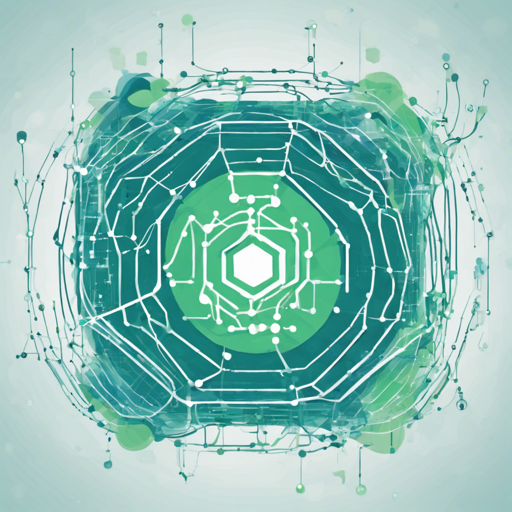Welcome to the fascinating world of Deep Learning! This guide is designed to walk you through the essential steps to harness the power of Deep Learning in Python, using a collection of Jupyter notebooks, utilities, and examples curated by **Dr. Tirthajyoti Sarkar**. Whether you’re a beginner or looking to enhance your skills, this article will equip you with the knowledge needed to dive into your projects.
Requirements
Before we embark on our Deep Learning journey, let’s ensure you have everything set up correctly. Here’s what you’ll need:
- Python 3.6+
- NumPy – Install it using:
pip install numpy - Pandas – Install it using:
pip install pandas - Matplotlib – Install it using:
pip install matplotlib - TensorFlow – Install it using:
pip install tensorflow(or use GPU with:pip install tensorflow-gpu) - Keras – Install it using:
pip install keras
For those using a local GPU, please refer to the specific guides for setting up the necessary drivers:
Note: It is highly recommended to install the GPU version in a separate virtual environment to prevent conflicts with your system libraries.
Launching Jupyter Notebooks
Most of the Jupyter notebooks in this repository are designed to run on Google Colab. You may not need to install the packages on your local machine since you can launch them directly in Colab by clicking on the links provided in the notebooks. This method makes the setup smoother and saves you local installation headaches!
Understanding the Code
Let’s break down the functionality of the examples and modules provided in the repository using a simple analogy. Imagine you are a chef in a kitchen, and the recipes you create represent the different deep learning models you can construct. Each dish (or model) requires specific ingredients (or data), tools (coding libraries), and techniques to achieve the desired result.
1. **DL_utils.py**: This file is like your chef’s toolkit, containing essential tools and gadgets you’ll always need when preparing your dishes.
2. **NN_trainer.py**: This is your multifunctional cooking appliance. It has the capability to handle various tasks — roasting (training), baking (predicting), and saving leftovers (model deployment). By just specifying your ingredients, it can create various dishes based on changing your input and target variables.
3. **Jupyter Notebooks**: These are the recipe cards! Each card gives you step-by-step instructions to prepare a specific dish, like a general-purpose regression model or a convolutional neural network for image classification.
Common Troubleshooting Tips
If you encounter any obstacles during your journey, here are a few troubleshooting strategies to consider:
- Check Dependencies: Ensure all necessary libraries are installed and up-to-date.
- Runtime Errors: Read error messages carefully; they often point to the specific line causing issues. This is similar to checking your cooking technique if the dish isn’t coming out right.
- Training Issues: If your model isn’t performing well, consider revisiting the data preprocessing steps or tuning your model’s hyperparameters.
- Resource Limitations: On platforms like Google Colab, be aware of resource limits like session timeouts or GPU availability.
For more insights, updates, or to collaborate on AI development projects, stay connected with fxis.ai.
Wrap-Up
At fxis.ai, we believe that such advancements are crucial for the future of AI, as they enable more comprehensive and effective solutions. Our team is continually exploring new methodologies to push the envelope in artificial intelligence, ensuring that our clients benefit from the latest technological innovations.
With the tools and knowledge provided, you are now ready to start your deep learning projects using Python! Happy coding!

